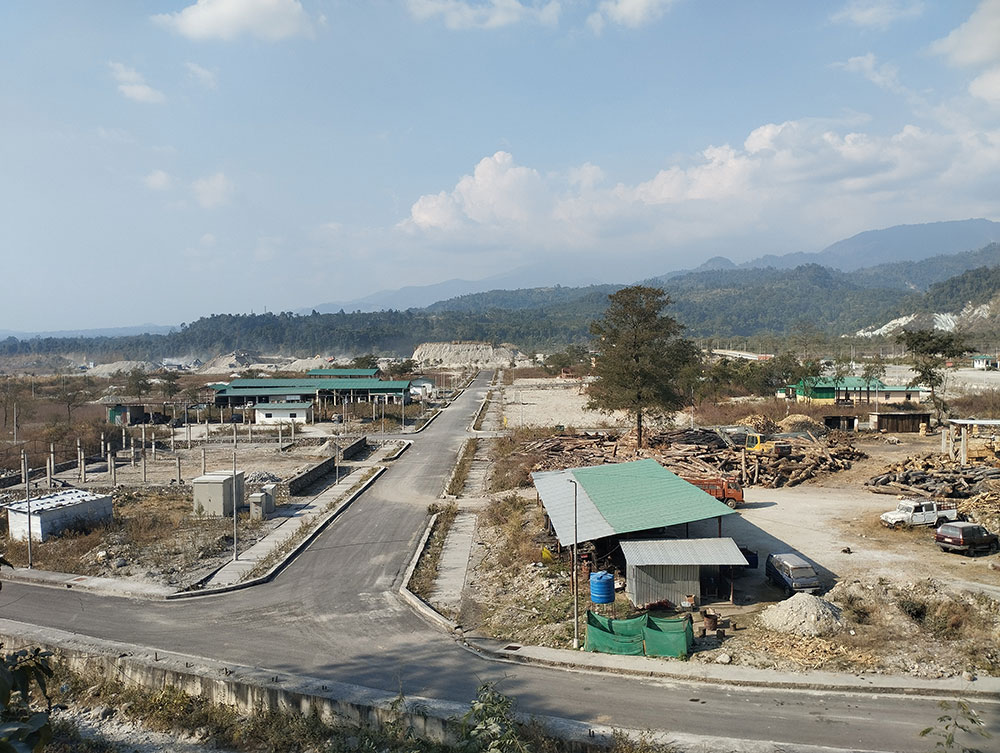YK Poudel
The Dhamdhum Industrial Park (DIP), designated for clean-tech industries, and the industrial park at Norbugang for ferro-industries will see major changes in the 13th Plan. This was shared by Minister of Industry, Commerce, and Employment (MoICE), Namgyal Dorji during the second meet-the-press on March 29.
“The development of these industrial zones is progressing through three sub-divisional phases. Phases A and B have already been completed, while the final phase, Phase C, is currently underway,” Lyonpo Namgyal Dorji said.
The minister said that the construction of fundamental infrastructure including roads, water supply systems, boundary walls, and the estate management office has been constructed.
“Inquiry was made on its prolonged delay, which will be looked into shortly,” the minister said.
The planning for the industrial park began during the 11th Plan. Infrastructure plans were formulated between 2015 and 2016 to support the development of the park.
Since 2018, specific locations for various activities within the industrial park have been allocated, and entrepreneurs expressing interest have begun investing in these ventures.
In the sub-category, private entrepreneurs have already filled approximately 50 out of the total 77 slots; there are expectations for more slots to be occupied in the near future.
The objective is to establish clean-tech industries. Clean-tech industries include business sectors that prioritise environmentally-friendly practices in their services and products.
Initially, the industrial park at Dhamdhum spanned an area of 349 acres, which was subsequently reduced to 342 acres to accommodate the re-alignment of the new Samtse-Phuentsholing highway.
Similarly, at Norbugang, about 195-acre has been designated for an industrial park. This area is intended to accommodate development of ferro industries.
“Samtse is planned as an industrial hub for its feasibility to work, export and market,” the minister said. “The Gawadrong dry port is also planned to enhance its feasibility.”
The estimated cost for the infrastructure development in Norbugang amounts to approximately Nu 3.6 billion. Out of this, Nu 1.6 billion has been allocated for the construction of roads and water facilities, while Nu 2 billion has been earmarked for electricity infrastructure. The plan is to establish six ferrosilicon plants in the area by the year 2025.
The government of India has provided funding support for the project, contributing Nu 300 million to facilitate its development.
Bhutan is developing industrial estates in Chukha, Mongar, Thimphu, Samdrupjongkhar, Sarpang, and Samtse.


